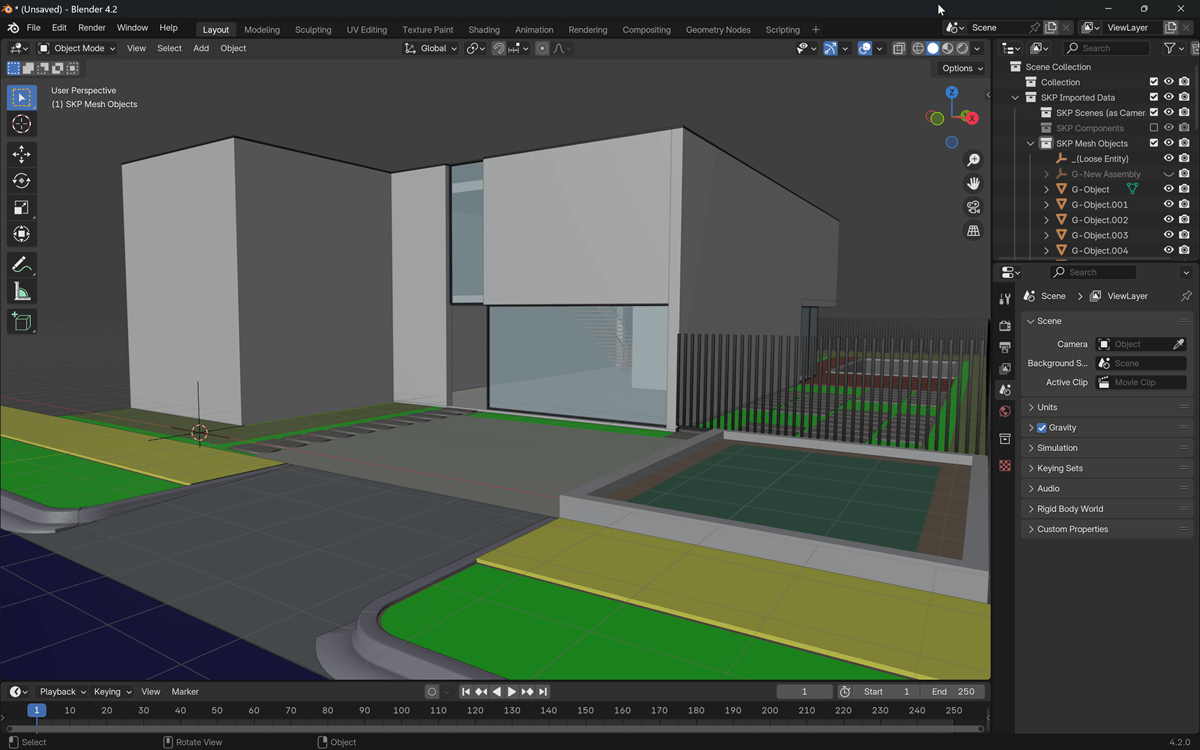
The most common type of resource you need to start working with architectural visualization is an excellent collection of textures. With no textures in a library, you will have difficulty trying to turn any project into a photorealistic image. After textures, you also need a reasonable amount of furniture models to give context to a design.
Today, you can download another great piece of furniture as an offering from digital artist Mateusz Bartkowiak. He shared the model in his Behance account.

From the link, you will find options to download an Avaro Seat model with files in the following formats:
- FBX
- OBJ
- MAX
The first two options will work great with Blender and give you an excellent alternative to work with residential projects.
Using Blender for architecture
Do you want to use Blender for architecture or render your projects using Cycles or Eevee? We have three books available that could help you!
They cover the use of Blender for producing architectural content and also all information you need to render projects in real-time:
- Blender 2.9 for architecture: Modeling and rendering with Eevee and Cycles
- Blender 2.8 parametric modeling: Drivers, Custom Properties, and Shape Keys for 3D modeling
- Blender 3.0: The beginner's guide
- Blender 2.8 for technical drawing
- Blender Eevee: The guide to real-time rendering with Blender 2.8
You can get them in both digital and paperback formats. By ordering those books, you will not only improve your skills with Blender for architecture but also support Blender 3D Architect.





